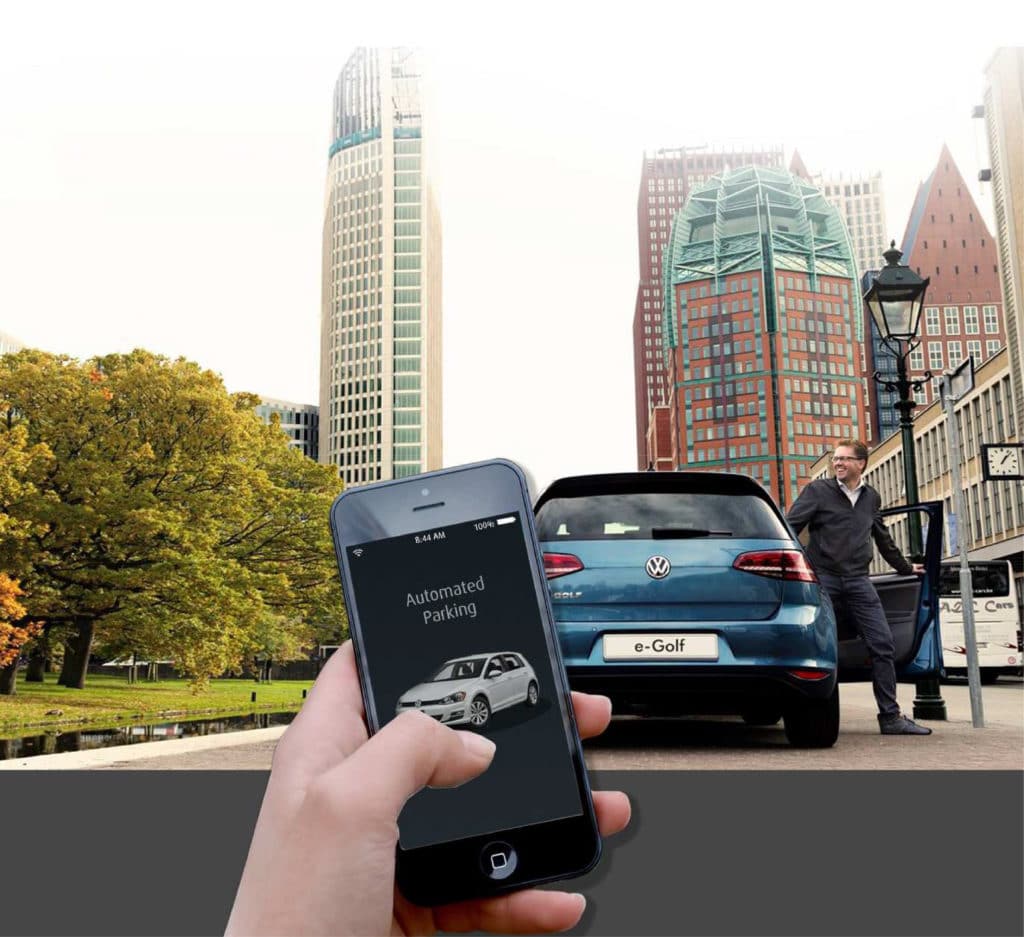Personal space
The effects of private automated vehicles on drivers’ parking location choice
Daphne van den Hurk posits the theory that the introduction of automated vehicles will improve the quality of the public space by matching parking demand and supply with the use of pricing policy
Automated vehicles have been receiving increased attention all over the world, as the first fully automated vehicles are now operating on the public road network. Automated vehicles could not only have a tremendous impact on the urban environment but also on human travel behaviour. With the capability of automated vehicles to ride and park themselves instead of being operated by a human driver, it is likely that parking choice behaviour will change when conventional vehicles are replaced by automated vehicles. In order to make investment decisions, it is important for governments to gain insight into the impacts of automated vehicles.
Private automated vehicles
Automated vehicles can either be privately used or shared with others. Although car sharing is emerging, it has been demonstrated that sharing a vehicle with strangers is an attitudinal problem that is hard to overcome. The study of Correia et al (2013)1 concluded that it is difficult to change from an acquaintance-based carpooling (household or employer) to a system where strangers share their rides. Therefore, it is interesting to focus on the effects of private automated vehicle scenarios.
With the capability of automated vehicles to ride and park themselves instead of being operated by a human driver, it is likely that parking choice behaviour will change
A trip with a private automated vehicle
A schematic overview of a trip with a private automated vehicle is visualised in Figure 1. The trip with an automated vehicle starts from the ‘passenger origin’ and develops in the direction of the ‘passenger destination’. Space to drop-off the passenger is needed to avoid congestion caused by dropping-off passengers on the road itself. On-street parking space is used for the drop-off manoeuvre. When the passenger is dropped-off at a drop-off point, the passenger walks to the destination. Simultaneous to this walking leg, the automated vehicle drives empty from the drop-off point to a parking facility. The two considered parking locations are: parking in the inner city and parking at the edge of the city, both at off-street facilities. When the passenger’s activity has ended, he/she walks to a pick-up point. On-street parking space is used for the pick-up manoeuvre. Simultaneously, the automated vehicle drives empty from the parking facility to the pick-up point. When the passenger and the automated vehicle have both arrived at the pick-up point, the vehicle trip from the pick-up point to the passenger’s home or to another destination starts.
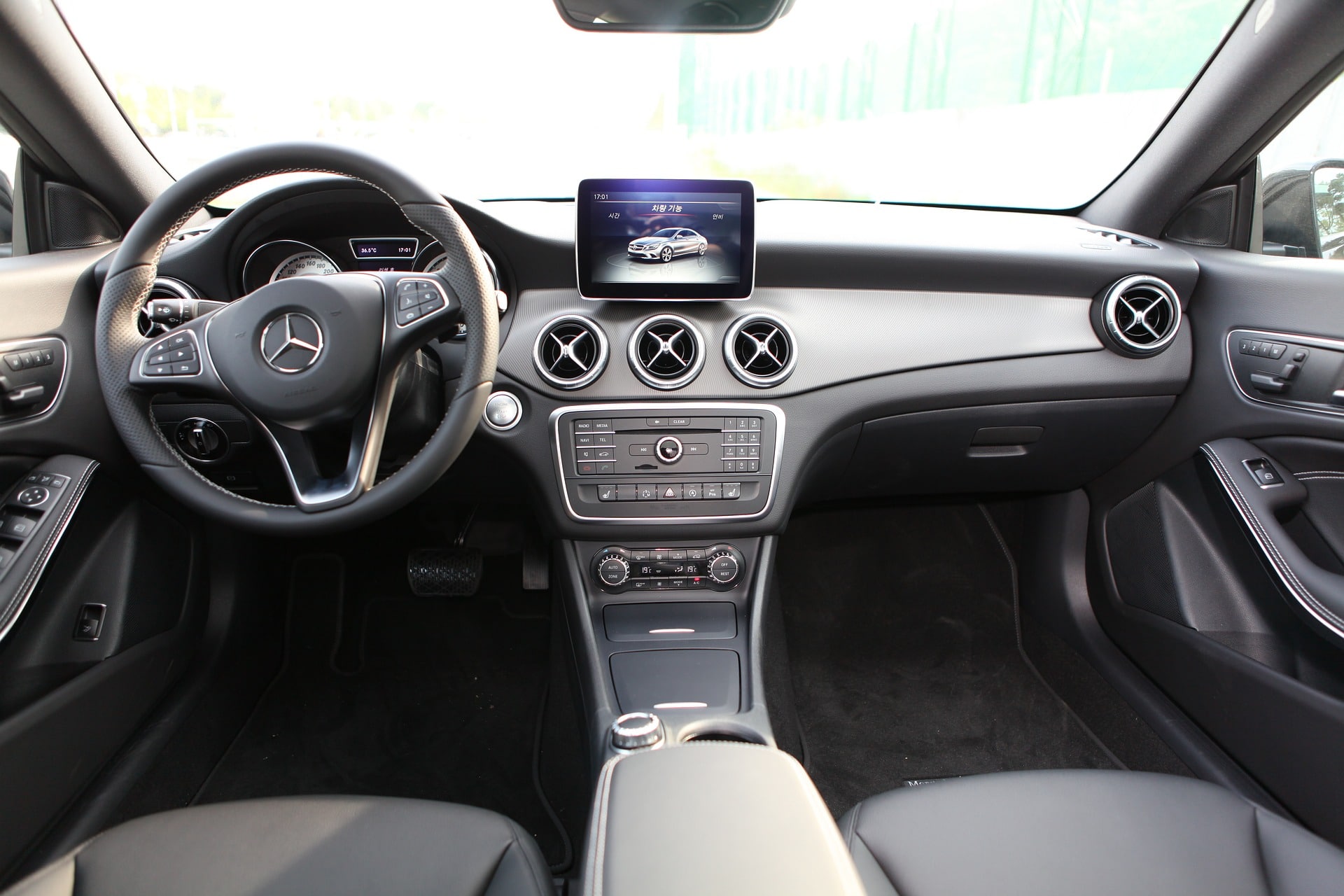
Interior of a private automated vehicle
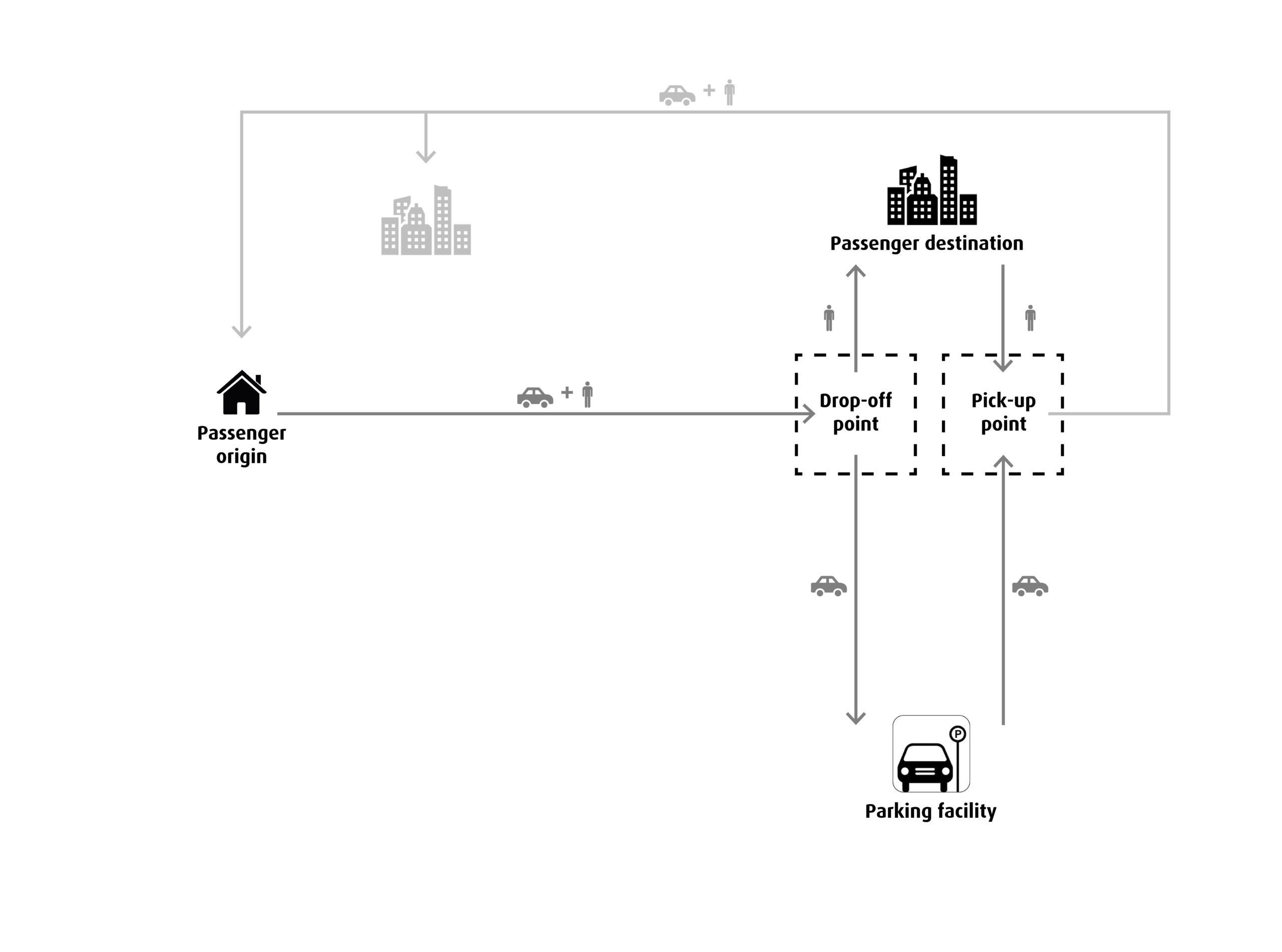
Figure 1: Schematic overview of a trip with a private automated vehicle
400 respondents
An extensive literature review and some brainstorming sessions were conducted in order to list all the factors that could influence drivers’ parking location choice. A stated preference experiment is conducted to test which parking facility respondents prefer: a parking garage in the inner city or a parking lot at the edge of the city. Data of approximately 400 respondents from the province of South-Holland was used in the data analyses. As a result of choices made by respondents in the hypothetical choice situations, insight was gained in individuals’ preferences and trade-offs. In Figure 2, an example of the hypothetical choice situation is shown.
A stated preference experiment is conducted to test which parking facility respondents prefer: a parking garage in the inner city or a parking lot at the edge of the city
Preference for cheap parking at the edge of the city
In terms of current parking circumstances, 28 percent of the individuals would choose the parking garage in the inner city. Hence, 72 percent of the individuals would choose the parking lot at the edge of the city. From the results of the scenario analysis it can be concluded that individuals are mostly driven by a change in direct costs, i.e. the ‘parking cost’ at the parking facility and the ‘parking fee’ for temporary parking the automated vehicle at an on-street parking place near the passenger’s destination.
When the parking cost in the inner city is decreased by €1 per hour, parking demand will increase by 11 percent. Furthermore, it could be expected that when the parking cost in the inner city increases by €1 per hour, parking demand will decrease by 8 percent. When there are no parking costs at the edge of the city, parking demand will remain the same. When the parking cost at the edge of the city increases from €4 per day to €8 per day or even €12 per day, it is expected that parking demand will drastically decrease by 15 percent and 45 percent respectively. When a parking fee of €20 is implemented for temporary parking automated vehicles at an on-street parking place near the passenger’s destination, parking demand at the edge of the city will decrease by 19 percent. This has the same effect as increasing the parking cost at the edge of the city from €4 to approximately €8.50 per day.
From the results of the scenario analysis it can be concluded that individuals are less sensitive about ‘personal surveillance’ and ‘risk of extra waiting time’. In fact, the presence of personal surveillance has a positive influence on drivers’ parking location choice. When personal surveillance is available at a parking facility, demand will increase by 6 percent in the inner city, compared to 3 percent at the edge. From the results of the model, it was concluded that camera surveillance is not significant, which means that camera surveillance is valued as much as no surveillance. This means also that when the parking facility is monitored by cameras, it is expected that this will not lead to an increase or decrease in parking demand. The risk of extra waiting time (for 10 minutes) during the off-peak period is one out of 10 times. When there are no separated lanes for automated vehicle, the risk of extra waiting time during the peak period is likely to be higher. When the risk of extra waiting time is increased to three out of 10 times or five out of 10 times during the peak period, and no separated lanes for automated vehicles are available, the parking demand at the edge of the city will decrease to 5 percent and 9 percent respectively.
Trip characteristics, perceptions on the risk of damage during the empty vehicle’s journey and personal characteristics do not have much effect on the attributes that influence drivers’ parking location choice.
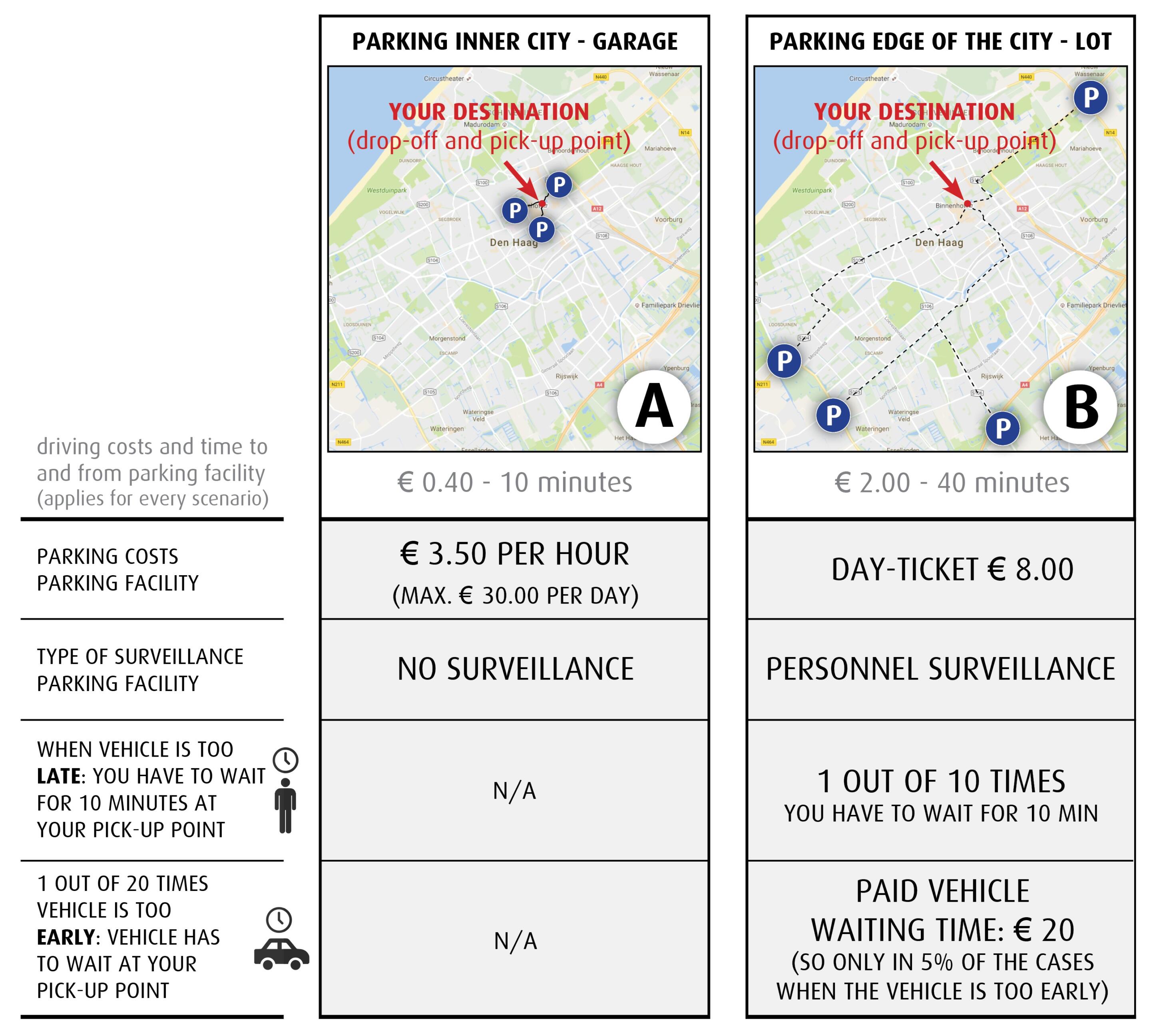
Figure 2: Example of a hypothetical choice situation
Directions for parking policies
Directions for parking policies are related to different topics regarding parking regime, price and capacity.
First, in order to reduce the number of on-street parking spaces, it is advised to forbid the parking of automated vehicles at on-street parking spaces. Consequently, released space could be used for drop-off and pick-up. It is not expected that all on-street parking space will be needed for drop-off and pick-up. Similar to the current situation, it might be considered that inhabitants of the city of The Hague are allowed to park their automated vehicle on the street with a parking permit. Furthermore, released on-street parking spaces could be used for greenery or extra space for bicyclists and pedestrians. 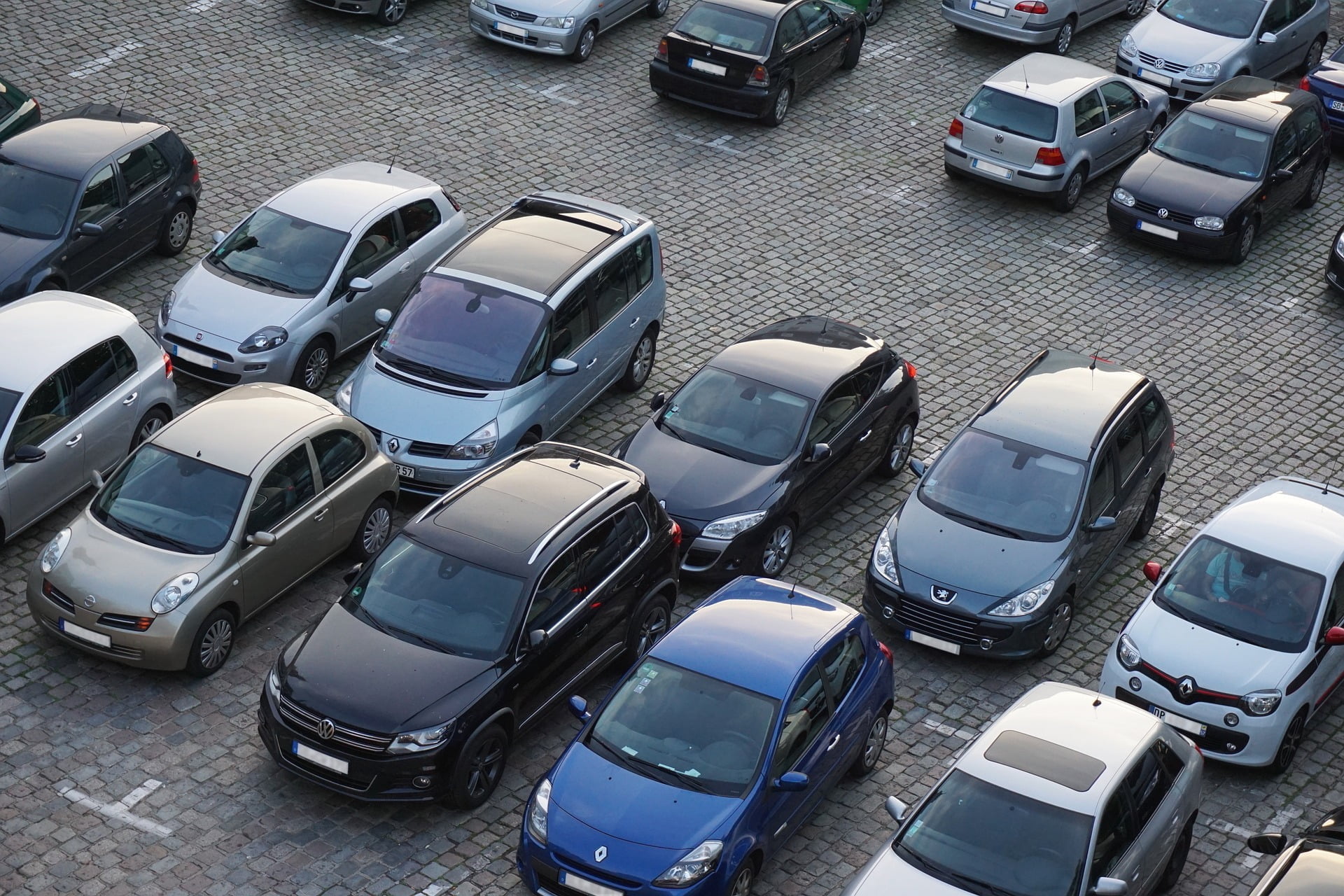
Second, in order to minimise the number of empty vehicle kilometres, it is advised to stimulate short-term parking of automated vehicles in the inner city and stimulate long-term parking of automated vehicles at the edge of the city. This could be done by increasing the cost of parking at the edge of the city from €4 euros to €10 euros per day. Consequently, approximately 55 percent of the individuals would park their automated vehicle in the inner city, compared to 28 percent that parked their automated vehicle in the inner city in the base scenario.
To minimise the number of empty vehicle kilometres, it is advised to stimulate short-term parking of automated vehicles in the inner city and stimulate long-term parking of automated vehicles at the edge of the city
Third, it is advised to implement a dynamic pricing strategy for the parking fee for temporary automated vehicle parking at an on street place near the passenger’s destination, when the automated vehicle arrives too early. When implementing a dynamic pricing strategy, the municipality is able to: 1) control supply and demand, 2) account for competitor pricing and 3) account for external factors (e.g. peak periods). When a parking fee of €20 is implemented, approximately 47 percent of the individuals would park their automated vehicle in the inner city, compared to 28 percent that parked their automated in the inner city in the base scenario.
NOTES
1 Correia, G. H., de Abreu e Silva, J., & Viegas, J. M. (2013). Using latent attitudinal variables estimated through a structural equations model for understanding carpooling propensity. Transportaation Planning and Technology, 36(6):499-519.
FYI
Daphne van den Hurk is Mobility Consultant at Goudappel Coffeng
dvdhurk@goudappel.nl
